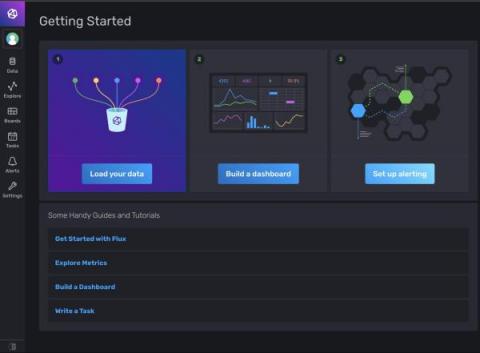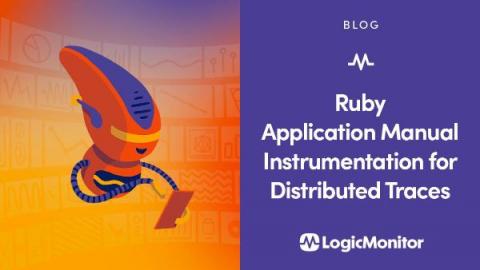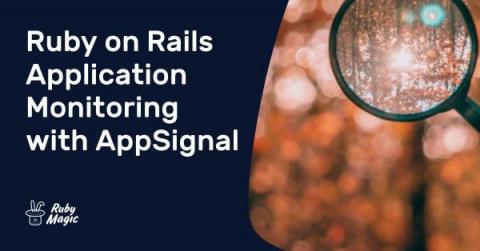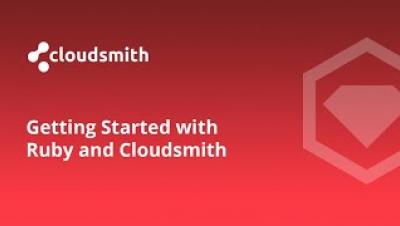Getting Started with Ruby and InfluxDB
Scroll down for the author’s photo and bio. Time series databases like InfluxDB index data by time. They are efficient at recording constant data streams like server metrics, application monitoring, sensor reports, or any other data containing a timestamp. The structure makes analyzing change over time a breeze. This tutorial will show you how to set up InfluxDB with a sample Ruby application.











